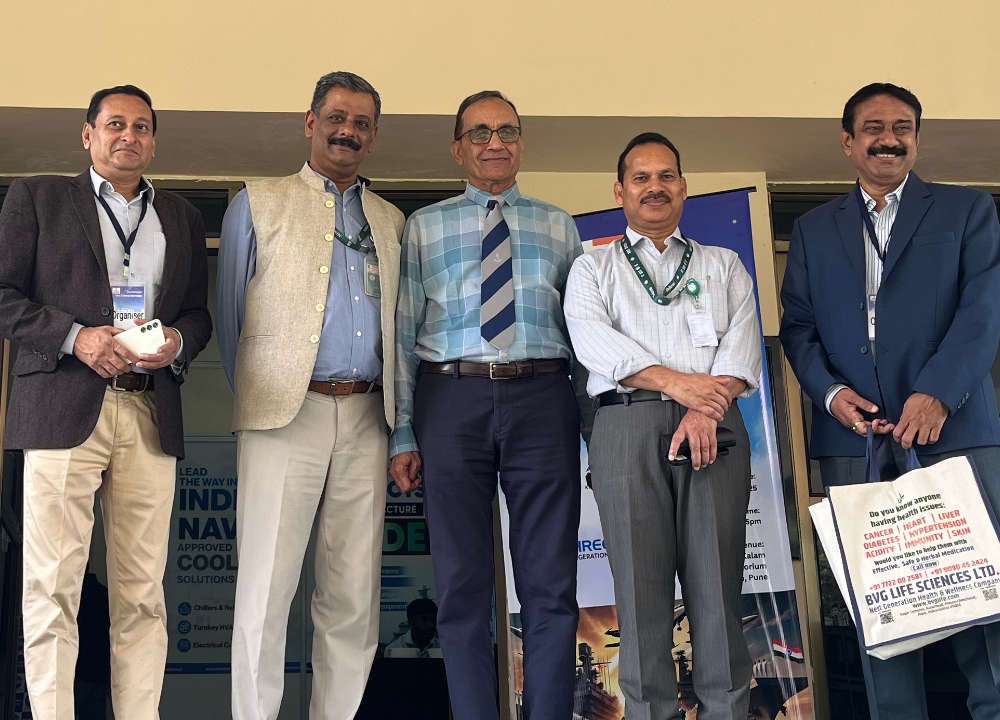Ahmedabad Municipal Corporation (AMC) has recently taken a significant stride towards sustainable waste management by initiating a tender process. This tender aims to procure proposals for the Design, Build, Erection, Commissioning, Operation, and Maintenance of a state-of-the-art 300 TPD Capacity Municipal Solid Waste to Steam Plant under the PPP model.
A spokesperson from the Ahmedabad Municipal Corporation highlighted that this move, directing 300 Tons Per Day (TPD) of municipal solid waste to a steam plant under the PPP model, demonstrates their unwavering commitment to sustainable practices and innovative waste management solutions.
Ahmedabad, India’s 7th Largest Metropolis with a population exceeding 63 lakhs, generates about 4000 Metric Tons of solid waste daily. The decomposition of organic waste in landfills emits harmful greenhouse gases, and various types of waste pose health risks. Thus, transitioning to sustainable waste management practices is imperative.
The project has been awarded to Steamhouse India Limited, headquartered in Surat, Gujarat. The innovative plant will be situated on a 5-acre land at the Pirana Waste dumping site. Employing Waste to Steam (WTS) technology, the project aims to meet stringent emission norms while promoting a circular economy through the utilization of Refuse Derived Fuel (RDF).
This German-proven technology, introduced for the first time in India, offers numerous advantages, including reduced environmental impact, minimal operational costs, and efficient resource utilization. Moreover, this project is expected to provide a more cost-effective solution for steam generation, reducing capital expenditure by 70 per cent compared to conventional Waste to Energy (WTE) plants.
By demonstrating commendable financial sustainability and effectively lowering its annual foreign exchange outflow, this initiative establishes a model for both municipalities and industries, encouraging a more extensive adoption of sustainable waste management practices. Its success serves as a catalyst for a broader movement towards embracing environmentally friendly waste management approaches, setting a standard for others to follow.








